The 8th century Dormition Caves Monastery in Crimea is an example of the Orthodox tradition of carving monasteries into cliffsides, mountains, and cave networks.
Many people in the West are completely unaware of the profound and otherworldly beauty of Eastern and Southern Europe, and North Western Asia. The cities, countrysides, and Orthodox churches and monasteries there are some of the oldest sites in Christendom, yet they are often unknown.
Take, for example, Dormition Caves Monastery in Crimea. This is a monastery is built directly into a cliffside; some of its churches and cells are carved into the mountain itself.
While the West has many beautiful churches and monasteries, it is less common to see this type of construction, which harmonically adopts the natural landscape and materials to create churches of God.
However, it definitely isn't unprecedented in the Orthodox world...
It's an amazing wonderful place, but this isn't even the only such place in Crimea, let alone throughout Asia Minor, Serbia, and Greece.
I wonder if it would change people's perspectives to know such sites were built during what was often thought of as the Dark Ages, especially in a part of the world unjustly considered less advanced or enlightened than Western Europe.
This incredibly beautiful place looks like it fell out of a fantasy world; Lord of the Rings fans can attest it bears a strong resemblance to Rivendell, and it even has its own story about the slaying a Dragon! So let's take a look at Dormition Caves Monastery.
The date of the Monastery's founding was lost to time, however most historians and the Church can agree there was a presence of Greek monks in the caves of these cliffs since around the 8th century. Crimea at the time was a Greek Colony of the Eastern Roman Empire.
The current Monastic community was established in the 14th century, and though closed by Soviet authorities in the 1920s, it was reopened in 1993. It is located near Bakhchysarai, the former capital of the Crimean Khanate.
According to the monastery's website, the great valley in which it is built was called by the Tatars "Mary's Gorge" because ancient place was association with the Mother of God and a wonder working icon.
Here is what the Monastery's website had to say about its founding in a place Greeks originally called Marioupol "Mary's City".
"Greek Christians suffered constant oppression from their neighbours, the Tartar Muslims...Some sought refuge in woods and caverns in order to devote their lives to God while others founded monasteries. In the 15th century most of southern Crimea, including all its Christian inhabitants, fell under Turkish domination...they found themselves living between two Islamic people: the Turks and the Tartars."It was during this period of the Mongol Yoke that all of Rus' suffered tremendously, especially after the fall of Kiev in 1240. Many monks fled into the wilderness, into caves and atop mountains and hills, founding new Monasteries. For example, the unnaturally beautiful Pochaev Lavra was founded around then.
"The Christians from Tavrida lost their courage in the struggle against the Muslims, but just when all hope of saving their faith was on the point of being extinguished, the image of the Theotokos [Mother of God] appeared on the inaccessible rock of Bakhchisaray, in the very heart of Islamic territory."One legend which I particularly love involves the slaying of a Dragon - the Slavic Dragon (Zmei) is a three headed monster much more clever than the bestial western monsters. He is more like a spirit in the form of a Dragon, a cross of eastern and western dragons. These beasts had a nasty habit of abducting Princesses. Here is a story conveyed by 18th century Russian writers speaking of events almost one thousand years prior:
"Once upon a time, on these rocky mountains (where the monastery lies today) there was a dragon which devoured both men and beasts, and forced people to leave those lands; but the Greeks prayed to the Theotokos, imploring her to deliver them from the dragon. One night a candle light was seen on the rock. Not being able to climb the steep mountain, the people carved a ladder in the rock. On reaching the place from where the candle was shining, they found the icon of the Theotokos and the lit candle in front of it."Here the English version of the story becomes unclear, as it is missing text, but the Russian version says that beside the Icon, the beast was struck dead.
"Rejoicing at this sight, they gave thanks to the Lord who had delivered his people from the dragon. They cut the dragon into pieces and burnt it. To this day, the inhabitants still meet in order to pray to the Theotokos".Regardless of legends, this monastery was precious to the Crimean lands, and has been visited by Emperors and members of the Royal Family. While there is so much more that can be said, and I encourage you to read the history at their website and perhaps visit someday, I hope this article succeeded at lifting the curtain from this forgotten place of great wonder!
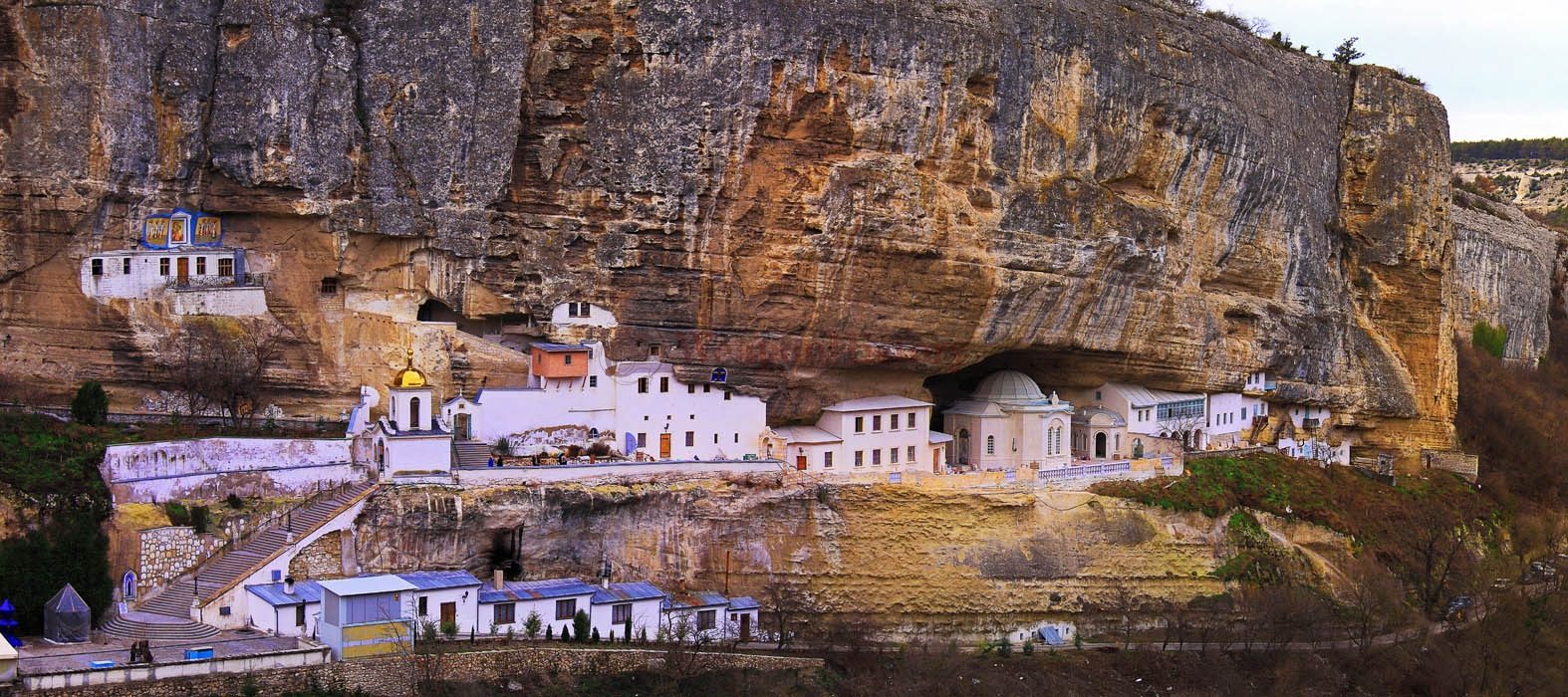
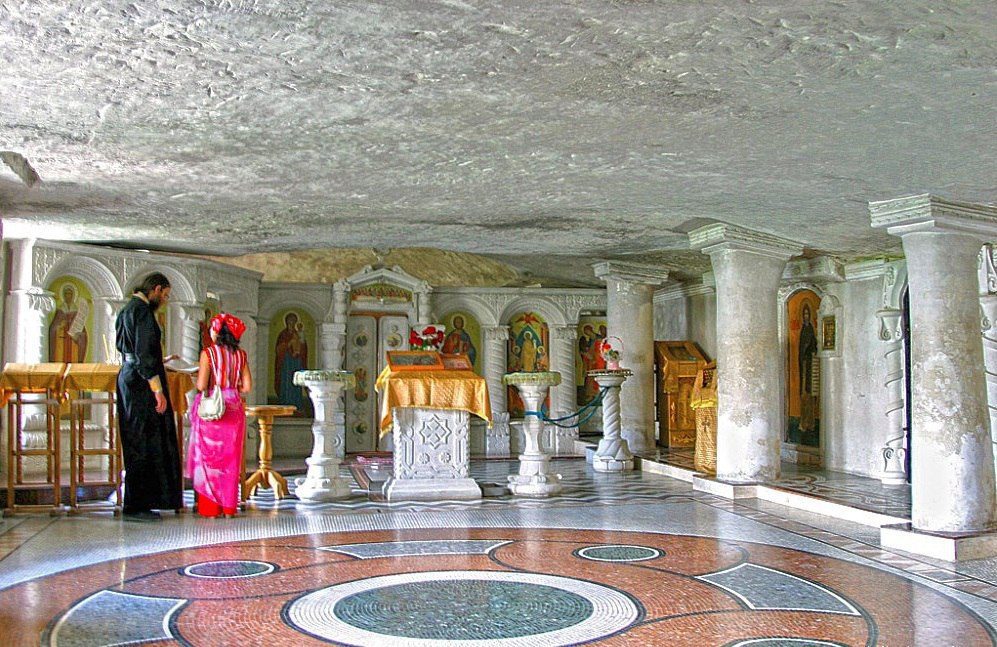
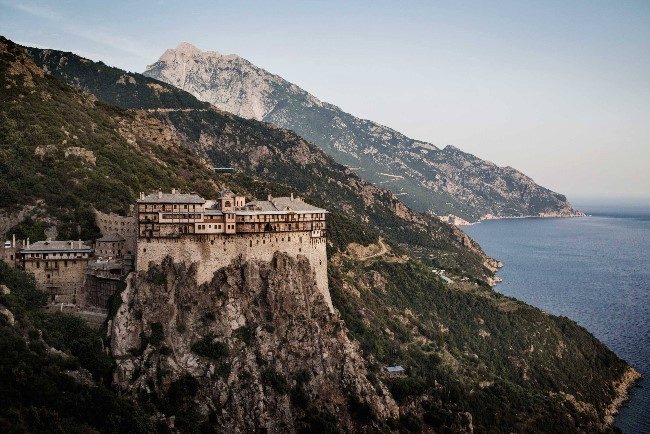
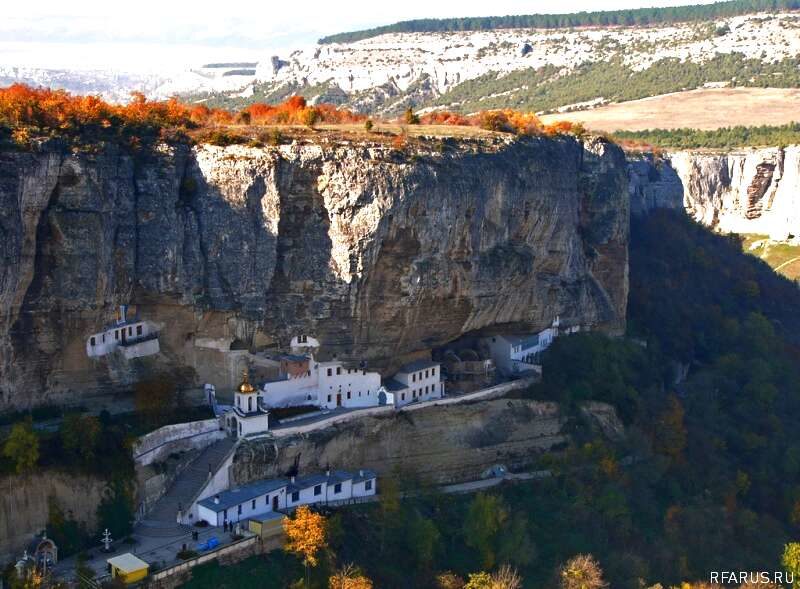
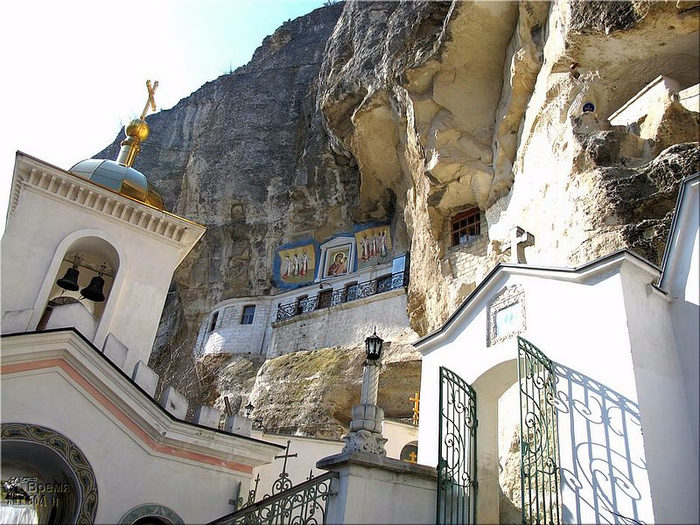

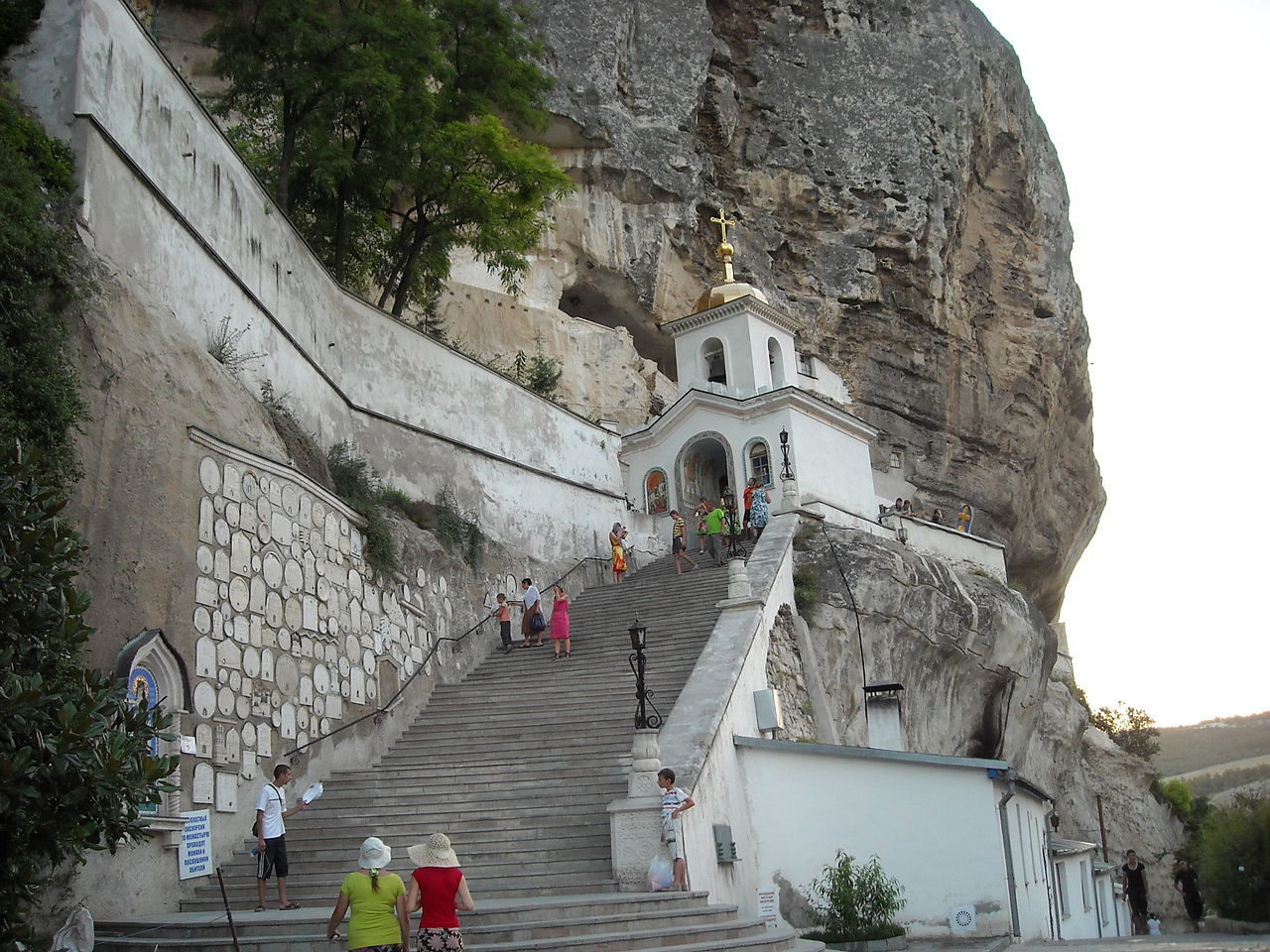
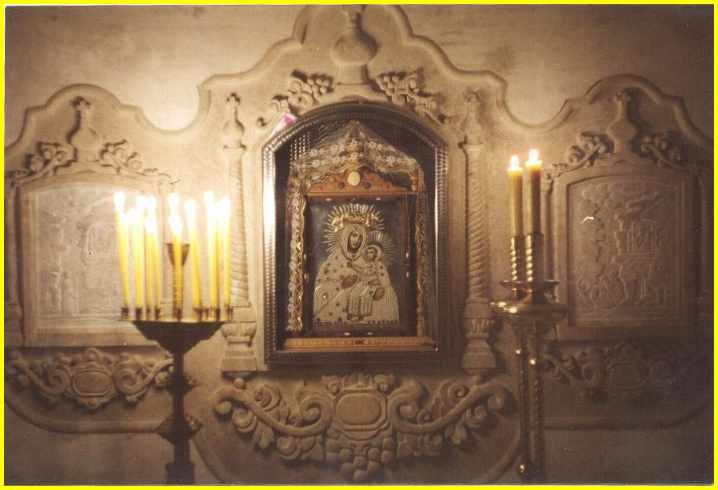
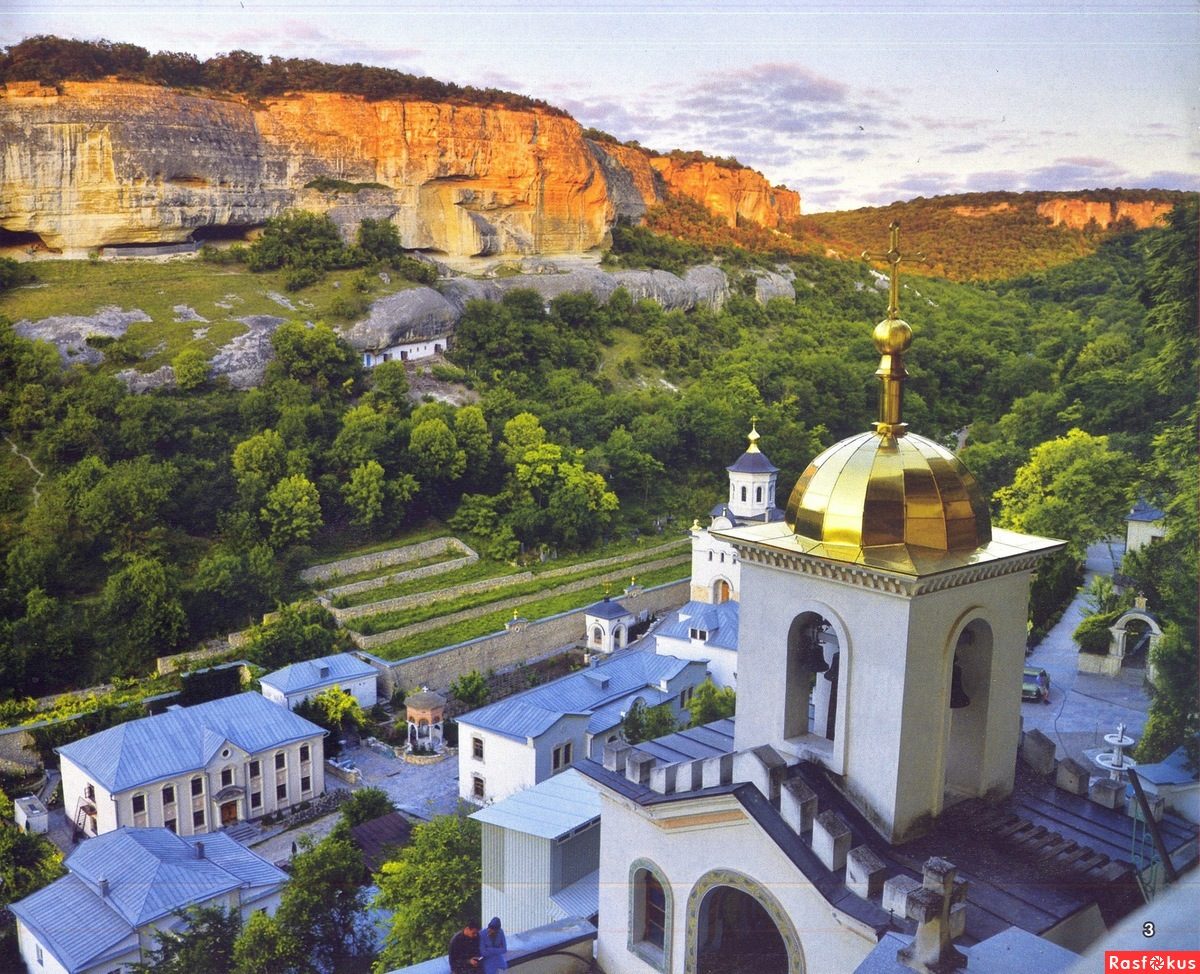
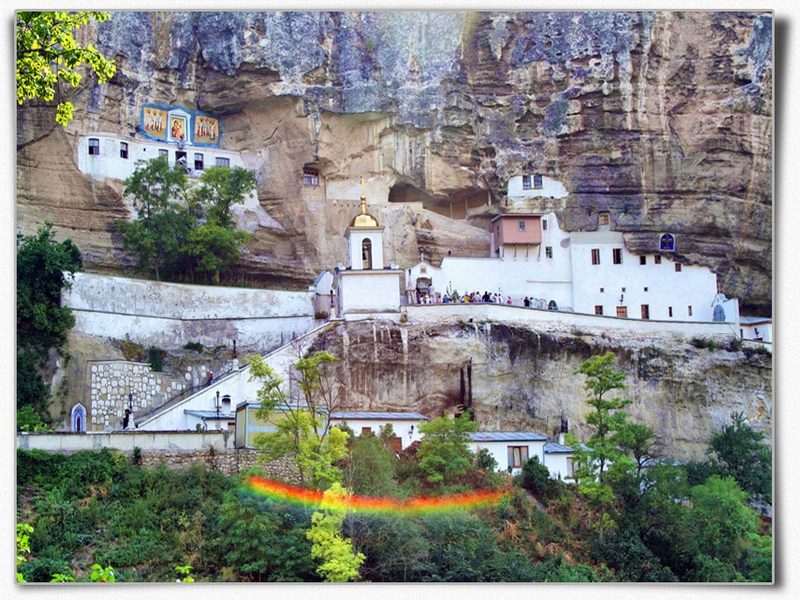
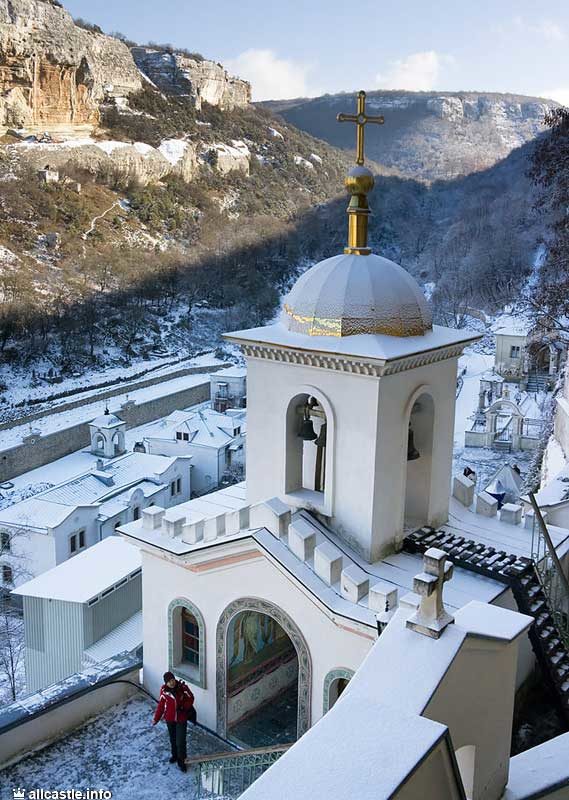
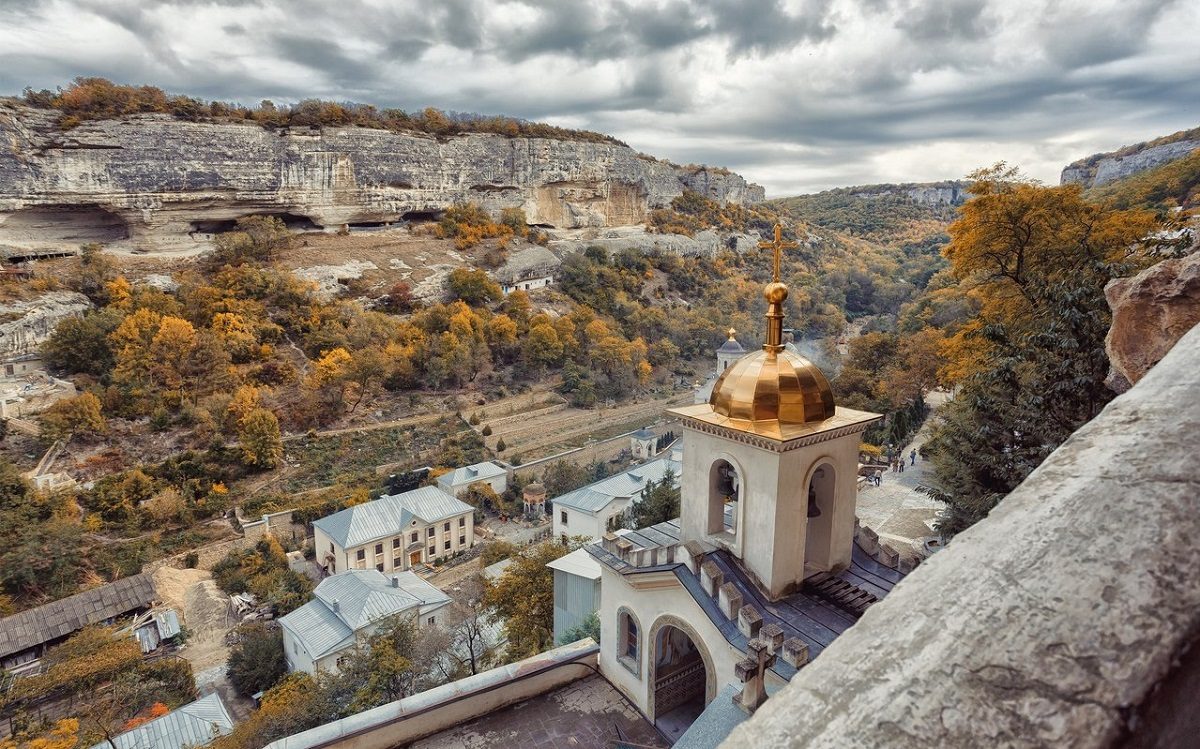

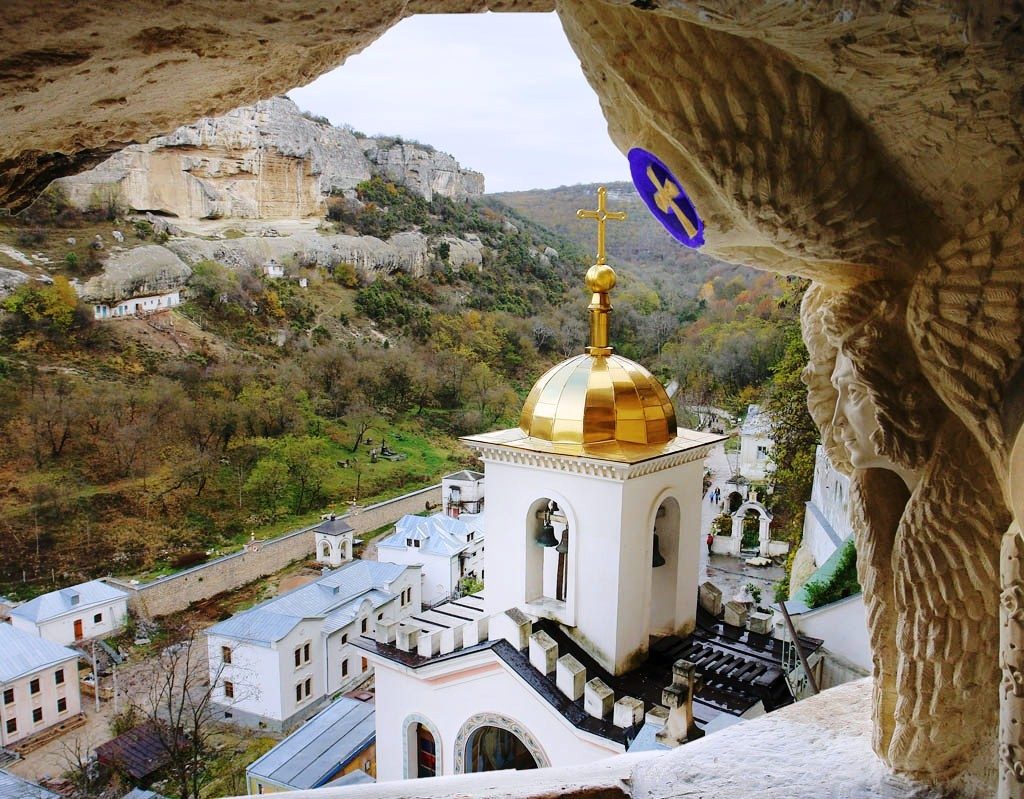

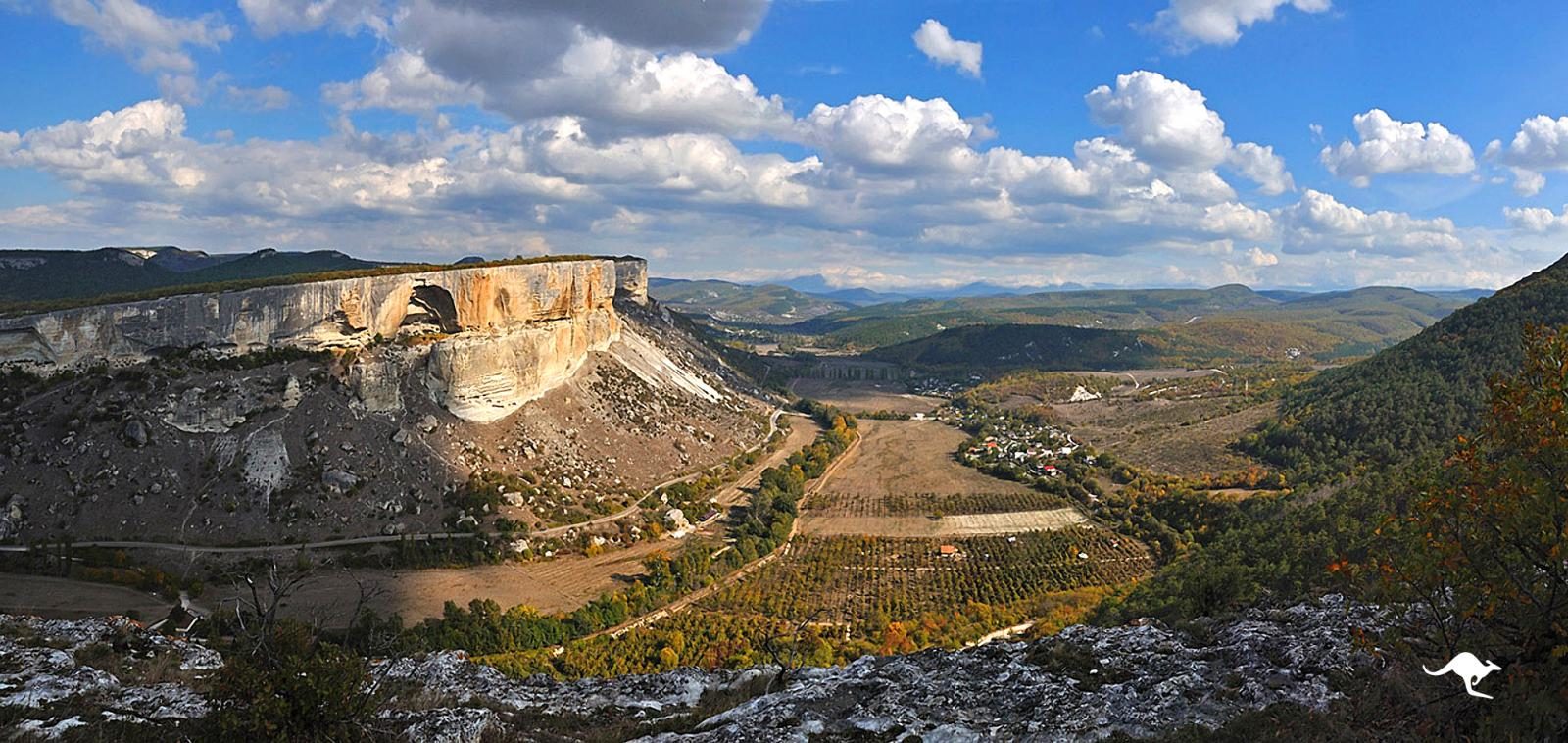



Reader Comments
There is this common thinking amongst researchers that the main Zmey, the Zmey, was basically an avatar of Weles, the good of wealth, who even on occasion fought with Perun. But I have my doubts on actuality of Weles existence as some high god in beliefs of Slavic people (I think this is a modern, post-Christian corruption, upgraded version of real Weles, who was just some low rank god of shepherds). And Perun is certainly Thor, so he was brought into (Eastern) Slavic word by Vikings, the ones who ruled Russia or their predecessors, very late in Slavic history. Perun isn't an universal Slavic god. Hence the stories about zmeys are also not necessarily based on true events, and may be a "reimagining" of Christian folk tales.